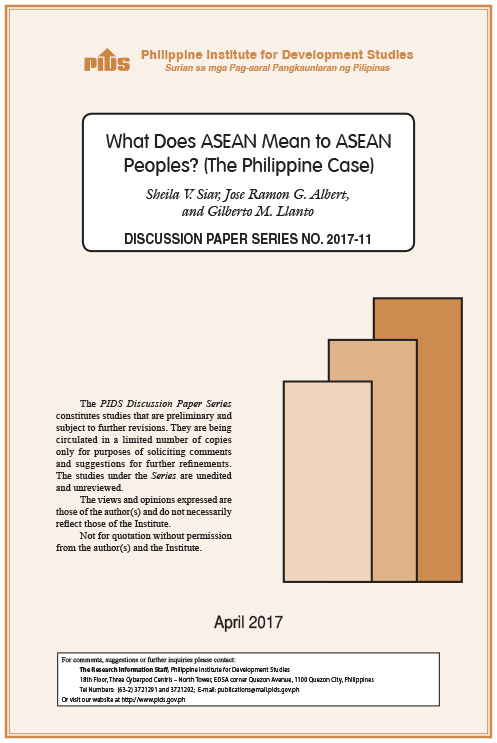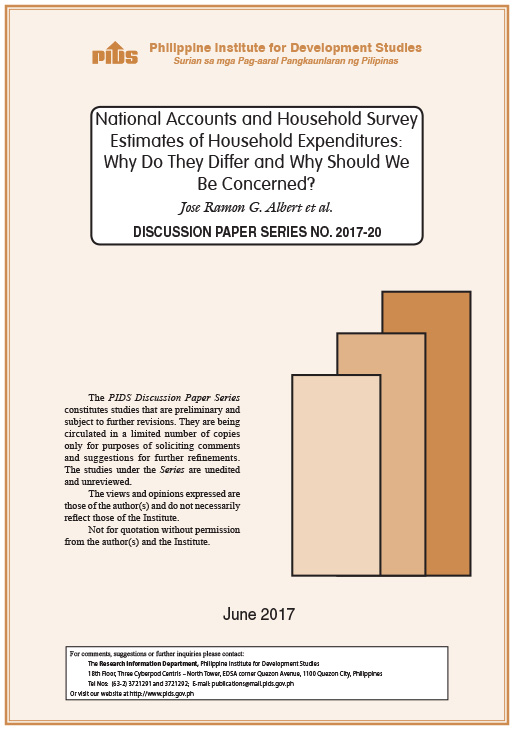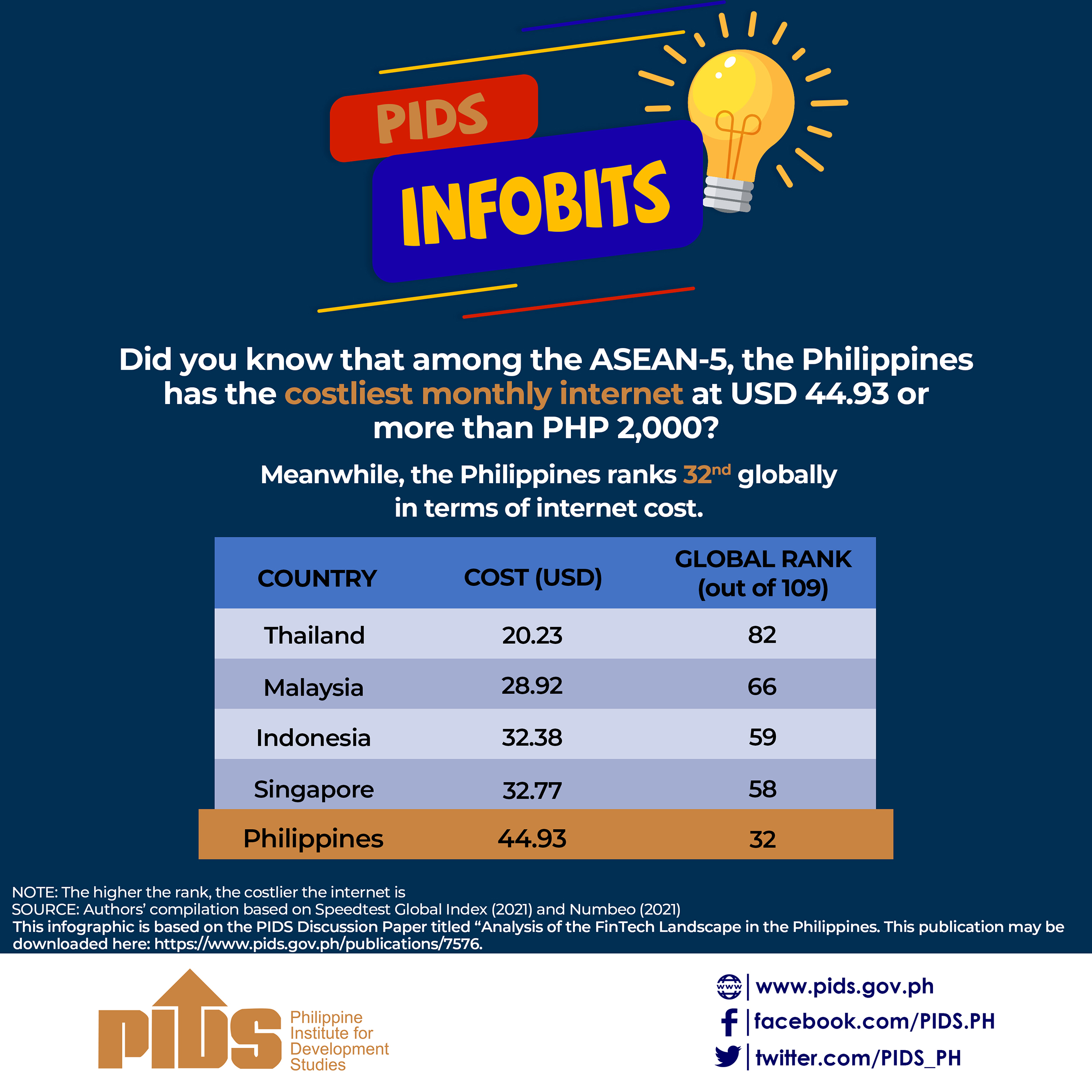MANILA, Philippines – Survey ratings of national candidates are staple fare most especially during the election season.
Campaign strategies are built around survey results while image makers work on their candidates based on information derived from these surveys.
The horse race is fueled by poll results as voters indicate early preferences for candidates running for election. (READ: Should we trust surveys and opinion polls?)
In all these, statisticians and pollsters alike use terms whose meanings and nuances may be lost on ordinary folks like us. Beyond who's leading and trailing, here are common terms you're likely to encounter when reading about political survey results.
What's the difference between percentage and percentage points?
Percentage and percentage point are two terms that are commonly misused, especially in data stories.
The difference, however, is very simple. Simply put, a percentage point is used to measure the difference between two percentages, say, 24% and 20%.
For example, the latest Social Weather Stations (SWS) national survey showed presidential candidate Rodrigo Duterte with a preference rating of 24%. This means that Duterte's rating increased 4 percentage points from January's 20%.
What's a margin of error? How is it determined and interpreted?
A margin of error indicates the "maximum expected difference" between the true population paramater and the estimates from the sample size.
It's usually determined by the sample size – the subset or portion of a population that was surveyed or asked to reply to poll questions.
The margin of error can be obtained using a formula. First, get the square root of the survey sample size. Second, divide 1 by that square root. And third, multiply the product by 100 to get the percentage.
For example, the latest Pulse Asia nationwide survey on presidential candidates had a sample size of 1,800. The square root of 1,800 is 42.4. If you divide 1 by 42.4, you get .02 multiplied by 100 to get 2%.
The margin of error is indirectly proportional to the sample size. As the sample size increases, the margin of error decreases.
In survey results, the margin of error is the percentage with the plus and minus sign or ±. To apply or interpret a margin of error of ±2%, you need to add and subtract two percentage points from the survey rating.
For example, if 50% of sampled Filipino voters are in favor of Juan Dela Cruz, it is certain that 48% (50% minus 2%) up to 52% (50% plus 2%) of the population will vote for Dela Cruz, factoring in the computed margin of error.
What does confidence level mean?
A survey's confidence level simply shows how sure you are about results reflecting the true percentage of the population being found within the margin of error (also called the confidence interval).
Pollsters usually set the confidence level at between 90% to 99%. Applied to Dela Cruz's 50% rating, a 95% confidence level with a ±2% margin of error simply means you are 95% sure that 48% to 52% of the entire population prefer Dela Cruz.
How does sample size affect the outcome of a survey?
Dr Jose Ramon Albert, professional statistician and senior research fellow at the Philippine Institute of Development Studies, explained that the sample size affects the sample error or the fluctuations in estimates.
The bigger the sample, the higher chances the rating or estimate is precise.
Increasing the sample size, however has its costs, Albert said. "It increases non-sampling errors as it is more challenging to have operations where you have to count everyone," he explained.
Non-sampling errors refer to instances that may cause biases in survey results such as non-inclusion of a certain group, untruthful answers, and a low response rate.
What's a statistical tie? Why is it important?
A statistical tie occurs when ratings of two candidates fall within the margin of error – even if their ratings are different.
An example of a statistical tie is evident in the September 2-5, 2015 SWS polls. The 3-point margin of error in the survey puts Grace Poe's 26% within the range of 23% to 29%, Jejomar Binay's 24% from 21% to 27%, and Mar Roxas' 20% from 17% to 23%.
According to Albert, without factoring in the margin of error, a report that does not point out a statistical tie could be inaccurate.
What's the difference between plurality and majority?
A majority is more than half the total number. A plurality refers to the biggest number but is still not more than half of the total.
If applied to elections, if Dela Cruz gets 78 out of the 100 registered votes, he wins by a majority. If he gets only 40 votes, while Juan Tamad and Jose Bautista get 28 and 32 votes, respectively, Dela Cruz wins by a mere plurality.
Interpretation and importance of surveys
Several national candidates often dismiss survey results, stating that the “real survey” is the May 9 elections. Meanwhile, sentiments of Filipinos online are usually against these surveys. (READ: Survey ratings for sale? Senatorial bets receives offer)
On the contrary, however, aspirants – at least their parties – also conduct internal surveys to gauge voters’ preference. (READ: Of internal surveys and 2016 candidacies)
Amid doubts on surveys, Albert believes that reputable outfits' processes can be trusted although they may differ from each other.
"Reputable poll outfits such as SWS and Pulse Asia have similar but not exactly the same methodologies," he said. "They use random samples but their methods for selecting may not be fully similar and both have a professional set of staff."
The estimates, however, should not be dismissed. Although volatile and voters' preferences may change, Albert said that these usually "stabilize until about two weeks before the elections when people's preferences crystallize."
He cited the 2010 elections when Roxas committed "a big mistake of not seeing what the surveys where showing."
"Binay was starting to inch up on his lead," Albert said. "And by the time he realized Binay was close, it was too late to make interventions."
Candidates, he said, should be "wise enough not to dismiss surveys".
"(Survey results) provide a snapshot of how people think at a particular moment in time," Albert explained. "If they want to win, they better understand surveys and what these surveys mean."//
Campaign strategies are built around survey results while image makers work on their candidates based on information derived from these surveys.
The horse race is fueled by poll results as voters indicate early preferences for candidates running for election. (READ: Should we trust surveys and opinion polls?)
In all these, statisticians and pollsters alike use terms whose meanings and nuances may be lost on ordinary folks like us. Beyond who's leading and trailing, here are common terms you're likely to encounter when reading about political survey results.
What's the difference between percentage and percentage points?
Percentage and percentage point are two terms that are commonly misused, especially in data stories.
The difference, however, is very simple. Simply put, a percentage point is used to measure the difference between two percentages, say, 24% and 20%.
For example, the latest Social Weather Stations (SWS) national survey showed presidential candidate Rodrigo Duterte with a preference rating of 24%. This means that Duterte's rating increased 4 percentage points from January's 20%.
What's a margin of error? How is it determined and interpreted?
A margin of error indicates the "maximum expected difference" between the true population paramater and the estimates from the sample size.
It's usually determined by the sample size – the subset or portion of a population that was surveyed or asked to reply to poll questions.
The margin of error can be obtained using a formula. First, get the square root of the survey sample size. Second, divide 1 by that square root. And third, multiply the product by 100 to get the percentage.
For example, the latest Pulse Asia nationwide survey on presidential candidates had a sample size of 1,800. The square root of 1,800 is 42.4. If you divide 1 by 42.4, you get .02 multiplied by 100 to get 2%.
The margin of error is indirectly proportional to the sample size. As the sample size increases, the margin of error decreases.
In survey results, the margin of error is the percentage with the plus and minus sign or ±. To apply or interpret a margin of error of ±2%, you need to add and subtract two percentage points from the survey rating.
For example, if 50% of sampled Filipino voters are in favor of Juan Dela Cruz, it is certain that 48% (50% minus 2%) up to 52% (50% plus 2%) of the population will vote for Dela Cruz, factoring in the computed margin of error.
What does confidence level mean?
A survey's confidence level simply shows how sure you are about results reflecting the true percentage of the population being found within the margin of error (also called the confidence interval).
Pollsters usually set the confidence level at between 90% to 99%. Applied to Dela Cruz's 50% rating, a 95% confidence level with a ±2% margin of error simply means you are 95% sure that 48% to 52% of the entire population prefer Dela Cruz.
How does sample size affect the outcome of a survey?
Dr Jose Ramon Albert, professional statistician and senior research fellow at the Philippine Institute of Development Studies, explained that the sample size affects the sample error or the fluctuations in estimates.
The bigger the sample, the higher chances the rating or estimate is precise.
Increasing the sample size, however has its costs, Albert said. "It increases non-sampling errors as it is more challenging to have operations where you have to count everyone," he explained.
Non-sampling errors refer to instances that may cause biases in survey results such as non-inclusion of a certain group, untruthful answers, and a low response rate.
What's a statistical tie? Why is it important?
A statistical tie occurs when ratings of two candidates fall within the margin of error – even if their ratings are different.
An example of a statistical tie is evident in the September 2-5, 2015 SWS polls. The 3-point margin of error in the survey puts Grace Poe's 26% within the range of 23% to 29%, Jejomar Binay's 24% from 21% to 27%, and Mar Roxas' 20% from 17% to 23%.
According to Albert, without factoring in the margin of error, a report that does not point out a statistical tie could be inaccurate.
What's the difference between plurality and majority?
A majority is more than half the total number. A plurality refers to the biggest number but is still not more than half of the total.
If applied to elections, if Dela Cruz gets 78 out of the 100 registered votes, he wins by a majority. If he gets only 40 votes, while Juan Tamad and Jose Bautista get 28 and 32 votes, respectively, Dela Cruz wins by a mere plurality.
Interpretation and importance of surveys
Several national candidates often dismiss survey results, stating that the “real survey” is the May 9 elections. Meanwhile, sentiments of Filipinos online are usually against these surveys. (READ: Survey ratings for sale? Senatorial bets receives offer)
On the contrary, however, aspirants – at least their parties – also conduct internal surveys to gauge voters’ preference. (READ: Of internal surveys and 2016 candidacies)
Amid doubts on surveys, Albert believes that reputable outfits' processes can be trusted although they may differ from each other.
"Reputable poll outfits such as SWS and Pulse Asia have similar but not exactly the same methodologies," he said. "They use random samples but their methods for selecting may not be fully similar and both have a professional set of staff."
The estimates, however, should not be dismissed. Although volatile and voters' preferences may change, Albert said that these usually "stabilize until about two weeks before the elections when people's preferences crystallize."
He cited the 2010 elections when Roxas committed "a big mistake of not seeing what the surveys where showing."
"Binay was starting to inch up on his lead," Albert said. "And by the time he realized Binay was close, it was too late to make interventions."
Candidates, he said, should be "wise enough not to dismiss surveys".
"(Survey results) provide a snapshot of how people think at a particular moment in time," Albert explained. "If they want to win, they better understand surveys and what these surveys mean."//







